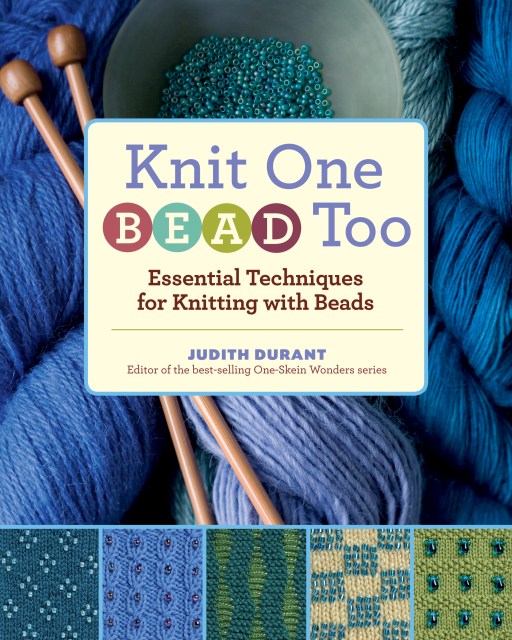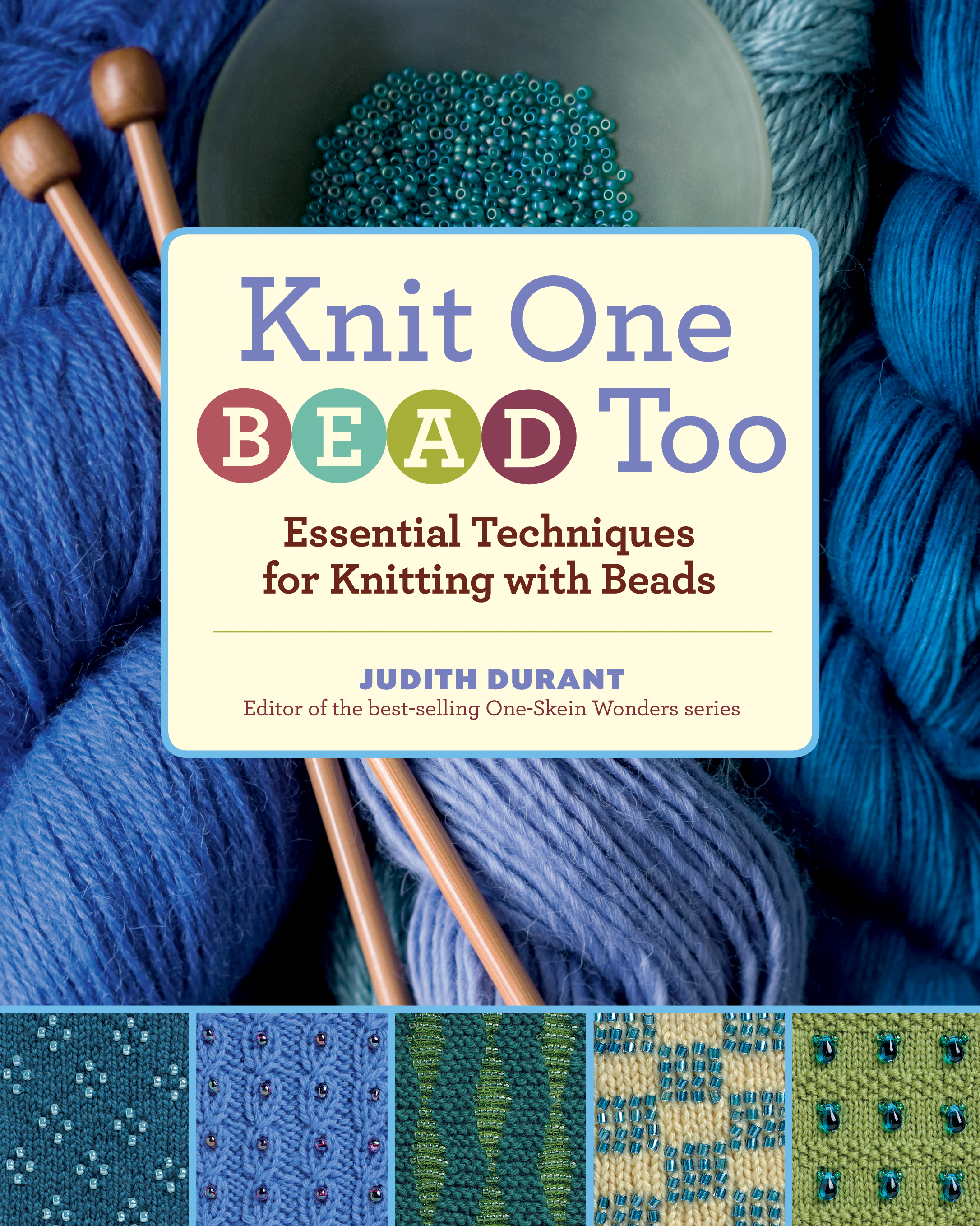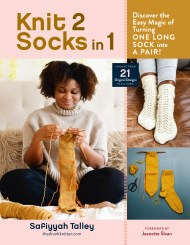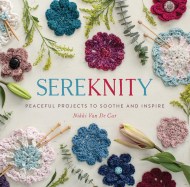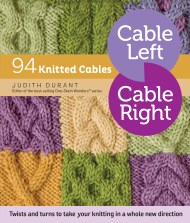Promotion
Use code MOM24 for 20% off site wide + free shipping over $45
Knit One, Bead Too
Essential Techniques for Knitting with Beads
Contributors
Formats and Prices
Price
$11.99Price
$15.99 CADFormat
Format:
- ebook $11.99 $15.99 CAD
- Spiral bound $18.95 $25.95 CAD
This item is a preorder. Your payment method will be charged immediately, and the product is expected to ship on or around July 6, 2012. This date is subject to change due to shipping delays beyond our control.
Also available from:
Give your knitting a touch of sparkle! Judith Durant shows you how to add beads to any knitting pattern using five easy-to-learn techniques. It’s simple, fun, and can be done right on your knitting needles. With step-by-step instructions for each technique, as well as 16 original patterns, you’ll be turning simple bags and wearables into stunning special-occasion creations in no time. From eye-catching knit caps to surprisingly intricate socks, you’ll be inspired to explore the endless possibilities of beaded knitting.
Genre:
- On Sale
- Jul 6, 2012
- Page Count
- 160 pages
- Publisher
- Storey
- ISBN-13
- 9781603426565
Newsletter Signup
By clicking ‘Sign Up,’ I acknowledge that I have read and agree to Hachette Book Group’s Privacy Policy and Terms of Use
